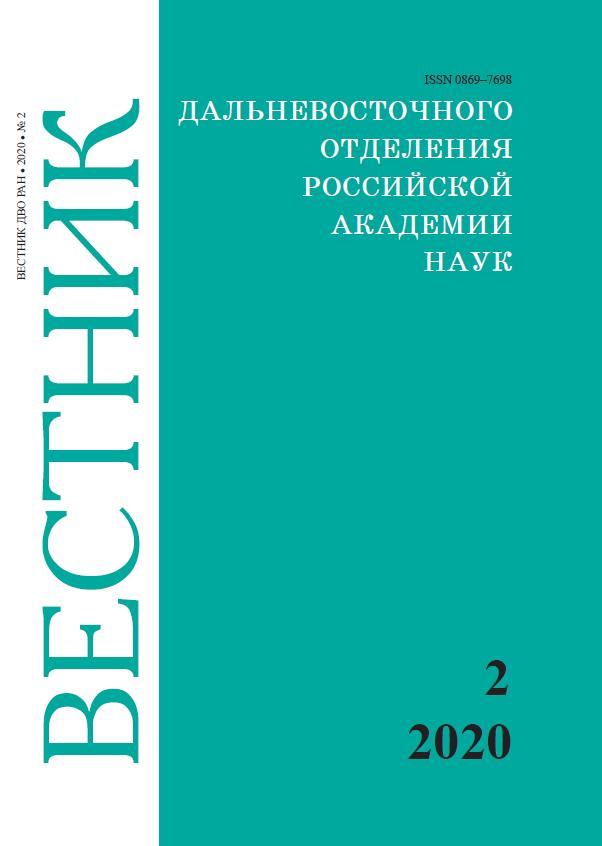Molecular complexes of chlorin E6 and europium for radiophotodynamic therapy. O.V. SHEVCHENKO1,2,3, N.R. PANKRATOV4, A.P. FILSTEIN, M.A. MEDKOV, V.I. APANASEVICH, I.G. TANANAEV, P.A. LUKYANOV
Keywords:
radiophotodynamic therapy, photosensitizer, chlorin E6, europium, reactive oxygen species, luminescence, gamma radiationAbstract
Molecular complexes of chlorin E6 and europium for radiophotodynamic therapy. O.V. SHEVCHENKO1,2,3, N.R. PANKRATOV4, A.P. FILSTEIN1, M.A. MEDKOV2, V.I. APANASEVICH4, I.G. TANANAEV3, P.A. LUKYANOV1 (1G.B. Elyakov Pacific Institute of Bioorganic Chemistry, FEB RAS, Vladivostok, 2Institute of Chemistry, FEB RAS, Vladivostok, 3Far Eastern Federal University, Vladivostok, 4Pacific State Medical University, Vladivostok).
Photodynamic therapy (PDT) is an innovative method of therapy which is applied due to the low permeability of laser light quanta in the tissues of the body in cases of the outer skin diseases (e.g. melanomas and skin infections). Complexes of the domestic drug “Photoditazine” (chlorin E6) with europium were produced for PDT of deep-seated tumors. More specifically, a binary low-affinity chlorin E6 complex with Eu3+ and a more stable polyethyleneimine-based conjugate with covalently bound E6 chlorin (Eu3+ ion chelator) and folic acid as vector for cancer target cells with high expression of folic acid receptors were obtained. The compositions are non-toxic at a concentration up to 200 μg/ml. The reactivity of chlorine E6 is proved by the ability of its complexes to generate reactive oxygen species (ROS) under UV irradiation. The transfer of luminescence energy from Eu3+ ions to the chlorin E6 molecule is confirmed bygamma-irradiation of the obtained complexes. It has been shown that dose 2 Gy is correct for effective generation of
ROS by these conjugates at a concentration of 25–200 μg/ml, which are promising for PDT of deep-seated tumors under gamma irradiation, and, in turn, can increase the effectiveness of standard radiotherapy.


